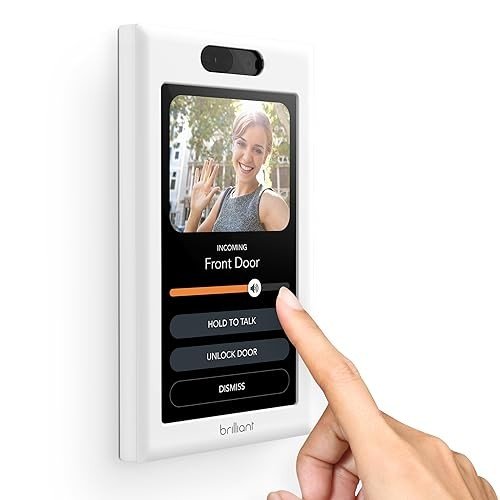Traditional Lighting in the UK: A Comprehensive Overview
Traditional lighting holds a cherished place in the homes and public areas of the United Kingdom. With its ability to stimulate fond memories, appeal, and heat, traditional lighting fixtures provide not only visual appeal however likewise practical worth. This post looks into the numerous types of traditional lighting typical in the UK, their history and advancement, popular styles, and how to include them into modern decoration.
A Historical Perspective on Traditional Lighting
The evolution of lighting in the UK has been substantial. From the flickering flames of candle lights and oil lamps to the introduction of gas and electrical lights, the journey is as fascinating as it is enlightening.
Key Milestones in Lighting History:
- Candles (Before 1800s): The earliest type of artificial light, using tallow or beeswax.
- Oil Lamps (Late 18th Century): These ended up being popular in homes and theaters, offering brighter illumination than candles.
- Gas Lighting (Early 19th Century): Revolutionized public and street lighting before electrical energy took precedence.
- Electric Lighting (Late 19th Century): Marked the transition to modernity, with incandescent bulbs gradually replacing older kinds.
Each of these advancements paved the method for traditional lighting, which still integrates ancient strategies into contemporary designs.
Types of Traditional Lighting
Traditional lighting can be classified into several distinct types, each with its special attributes.
1. Chandeliers
Chandeliers are typically the focal point of a room. Buy Designer Lighting UK come in various designs, from elaborate Victorian styles to basic, rustic models.
Popular Features:
- Crystal embellishments
- Iron structure
- Different bulb types
2. Wall Sconces
Wall sconces provide both artistic flair and soft lighting. They can be utilized in hallways, living spaces, or restrooms, improving the environment of a space.
Common Styles:
- Candle-style sconces
- Brass or iron fixtures
- Vintage-inspired styles
3. Table Lamps
Table lamps embody the versatility of traditional lighting as they can suit any room. Varying from basic styles to elaborate pieces, they are ideal for reading nooks, side tables, or desks.
4. Floor Lamps
Comparable to table lamps in style and function, floor lamps can develop comfortable corners in a home. Vintage designs typically consist of tripod bases or elaborate patterns.
5. Lanterns
Though typically related to outdoor settings, traditional lanterns can likewise be used indoors for a rustic touch. They are available in numerous materials including wood and metal.
Incorporating Traditional Lighting into Modern Decor
In a world progressively leaning towards minimalism and modern styles, traditional lighting still holds its ground. The secret is to keep a balance. Here are some tips for integrating traditional lighting into a contemporary home:
1. Mix Styles
Combine traditional lighting with modern furnishings to develop a diverse room. For example, a vintage chandelier can be hung above a smooth dining table.
2. Use Dimmer Switches
To manage the atmosphere, install dimmer switches that enable for soft lighting, which complements both traditional and modern interiors.
3. Select Mixed Materials
Select lighting fixtures that combine different materials, such as a wooden lamp with a metal or glass base, to bridge the gap between old and brand-new.
4. Highlight Architectural Features
Use traditional fixtures to highlight unique architectural functions in your home. For instance, hanging a vintage lantern in a hallway with exposed brick improves its rustic appeal.
5. Incorporate Natural Elements
Choose styles that incorporate natural materials such as wood or wrought iron. These aspects tend to mix well with modern decor while maintaining a traditional style.
Table: Comparison of Traditional Lighting Types
| Lighting Type | Description | Typical Materials | Common Settings |
|---|---|---|---|
| Chandeliers | Decorative ceiling fixtures, often ornate | Crystal, metal | Dining-room, ballrooms |
| Wall Sconces | Installed fixtures that provide ambient light | Brass, iron | Hallways, living spaces |
| Table Lamps | Portable lamps for tables and desks | Glass, ceramic | Bedrooms, workplaces |
| Floor Lamps | Standalone lamps for corner lighting | Wood, metal | Living spaces, dens |
| Lanterns | Rustic or vintage light sources | Wood, metal | Patios, gardens |
Regularly Asked Questions
1. What is traditional lighting?
Response: Traditional lighting describes lighting fixtures that embody historical or timeless styles, frequently defined by the use of elaborate materials, complex patterns, and a warm visual.
2. How can I keep traditional lighting fixtures?
Answer: Regular dusting and periodic deep cleaning are important. For fixtures with glass or crystals, utilize a moderate glass cleaner. For metal elements, guarantee you use suitable cleansing solutions that won't harm the finish.
3. Are traditional lighting fixtures energy-efficient?
Answer: Many traditional fixtures can accommodate modern LED bulbs, which provide much better energy effectiveness. Always check compatibility when changing to LED options.
4. Can I blend traditional lighting with modern style?
Response: Yes, blending traditional lighting with modern décor can produce an uniquely inviting area. Balance is crucial; choose complementary designs to keep visual consistency.
5. What is the best way to select traditional lighting for my home?
Response: Consider your home's general design, the function of the space, and individual taste. Take measurements to guarantee suitable sizing and select products and colors that balance with existing decoration.
Traditional lighting works as a long-lasting link to history, workmanship, and aesthetic appeals, proving that ageless styles have their rightful location, even in the middle of developing trends. Understanding the different kinds of traditional lighting and their application can help homeowners produce welcoming spaces that show both sophistication and heat, flawlessly mixing the past with today.

